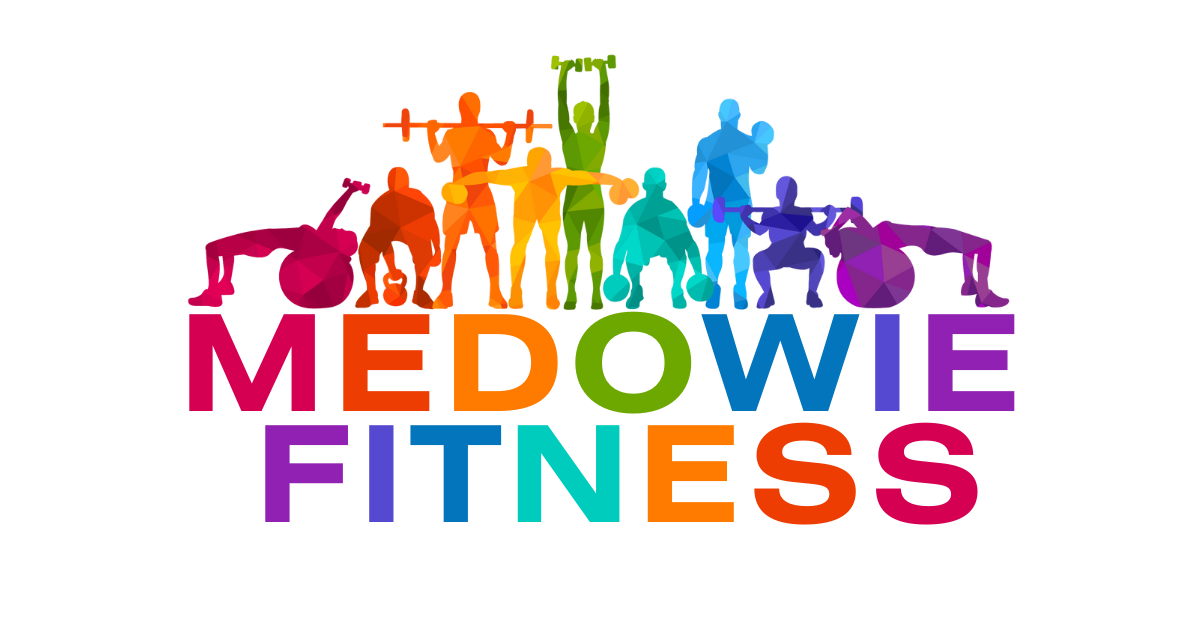Like many of us, you might feel a bit stuck wondering what kind of exercise is your best bet for getting fitter or how to jumpstart improving your ticker’s health and overall well-being.
You’re not alone – it’s all too easy to shy away from cardio exercises despite their stack of benefits. Did you know that sticking to regular aerobic workouts could actually add years to your life? Now that’s a piece of info we stumbled upon during our dig and, fair dinkum, it caught us by surprise.
In this blog post, we’re keen to walk you through the top-notch advantages of weaving cardiovascular activities into your fitness routine. Whether it’s about pumping up heart strength or giving a boost to mental health, we’ve got the lot covered.
Plus, we chuck in some solid advice on the recommended dose of activity along with tricks for fitting cardio into your schedule without feeling like it’s a drag. Keen for a happier heart? Stick around!
Key Takeaways
- Cardiovascular activities like running, swimming, and cycling make your heart strong and reduce the chance of heart disease.
- Doing cardio exercises helps you feel less stressed and happier because it releases feel – good chemicals in your brain.
- To keep a healthy heart, adults should aim for at least 150 minutes of moderate exercise every week.
- Starting with activities you enjoy can help keep you motivated to stick with your fitness routine.
- It’s important to wear the right shoes, warm up before exercising, and cool down afterward to avoid getting hurt.
Benefits of Cardiovascular Activities for Physical Health
Improving heart strength and reducing the risk of heart disease are key benefits of cardiovascular activities. These activities also help in improving lung function and lowering blood pressure.
Improves heart strength
Engaging in cardiovascular activities significantly boosts heart strength. Our hearts work harder during aerobic exercises, which improves its efficiency and endurance over time. This enables the heart to pump more blood with fewer beats, making it stronger and healthier.
Regular cardio workouts can help prevent cardiovascular diseases by keeping the heart muscles robust.
Reduces risk of heart disease
Regular cardiovascular activities, such as brisk walking, cycling, or swimming, help in reducing the risk of heart disease by improving overall heart health and strengthening the cardiovascular system.
Engaging in these activities helps lower bad cholesterol levels (LDL) while increasing good cholesterol levels (HDL), thereby promoting healthier blood flow and reducing the likelihood of plaque buildup in your arteries.
These exercises also contribute to maintaining a healthy weight and managing conditions like high blood pressure and diabetes that can significantly impact heart health.
Improves lung function
Regular cardiovascular activities like running, swimming, and cycling can improve lung function. Aerobic exercise helps strengthen the respiratory muscles and increases lung capacity, allowing more oxygen to be delivered to the body’s tissues.
This type of activity also improves the efficiency of oxygen transport in the bloodstream, making everyday activities feel less strenuous and enhancing overall endurance.
Engaging in regular cardiovascular exercises such as brisk walking or playing team sports stimulates better air movement through your lungs. It strengthens breathing muscles and increases lung capacity and efficiency, which is crucial for improved overall cardiorespiratory health.
Lowers blood pressure
Engaging in regular cardiovascular activities such as brisk walking, cycling, or swimming can help lower blood pressure. These exercises boost the efficiency of the heart, allowing it to pump more blood with less effort and reducing strain on the arteries.
Over time, this can lead to a decrease in both systolic and diastolic blood pressure readings, contributing to overall cardiovascular health.
Benefits of Cardiovascular Activities for Mental Health
Enhances mood, reduces stress and anxiety, and improves overall quality of life. To discover more about the

positive impact of cardiovascular activities on mental health, read further!
Reduces stress and anxiety
Engaging in regular cardiovascular activities like running, cycling, or swimming can help reduce stress and anxiety. These exercises trigger the release of endorphins, which are natural mood lifters.
By getting your heart pumping, you can alleviate tension and improve your overall sense of well-being. Incorporating these activities into your fitness routine can contribute to a calmer and more relaxed state of mind.
By participating in cardiovascular activities like jogging or dancing, you actively reduce stress levels and promote a more peaceful mindset. This supports your mental health while also providing physical benefits for overall wellness.
Improves mood
Regular cardiovascular activities such as jogging, cycling, or swimming have been found to elevate mood and reduce feelings of stress and anxiety. Engaging in these exercises releases endorphins, which contribute to a sense of well-being and relaxation, ultimately enhancing our overall quality of life.
It’s amazing how immediate the effects can be!
Enhances quality of life
Improving mood through cardiovascular activities is crucial for enhancing quality of life. Engaging in regular aerobic exercise, such as walking, swimming, or cycling, can release endorphins that elevate mood and reduce feelings of stress and anxiety.
These activities help to promote a sense of well-being and contentment, contributing to an overall improvement in the quality of life for individuals seeking more than just physical fitness.
Regular physical activity also fosters social connections by participating in group sports or fitness classes tailored towards building relationships with like-minded individuals who share similar health and wellness goals.
How Much Cardiovascular Activity is Recommended
To maintain good cardiovascular health, aim for at least 150 minutes of moderate-intensity aerobic activity per week. Factors like age and fitness level should be considered when determining the recommended amount.
General recommendations
Engage in at least 150 minutes of moderate-intensity aerobic activity or 75 minutes of vigorous-intensity aerobic activity weekly. Incorporate muscle-strengthening activities on two or more days per week, targeting major muscle groups.
For additional health benefits, aim for up to 300 minutes of moderate-intensity or 150 minutes of vigorous-intensity aerobic activity each week. Set achievable goals based on individual fitness levels and seek professional guidance if necessary.
Consider personal factors such as age, overall health, and any existing medical conditions when determining the appropriate level of cardiovascular activity. Gradually increase the intensity and duration of workouts to avoid injury and enhance stamina.
Factors to consider
When considering cardiovascular activities, it’s important to factor in your current fitness level, any existing health conditions, and age. Tailoring the intensity and duration of your cardio workouts based on these factors can help prevent injury and ensure gradual progress.
Additionally, consider your personal preferences and lifestyle when choosing an activity to engage in regularly. Setting achievable goals that align with these factors will contribute to a sustainable fitness routine.
Setting achievable goals
When setting achievable fitness goals, it’s important to consider your current level of cardiovascular activity and gradually increase it. Tailor your goals towards gradual improvement by starting with a realistic target and progressively increasing the intensity and duration of your workouts.
This approach is designed to enhance cardiovascular fitness over time while avoiding injury. Seeking medical clearance if necessary can also help in ensuring that your goals are safe and suitable for you.
It’s not merely about pushing yourself but rather aiming for sustainable progress.
Tips for Incorporating Cardiovascular Activities into Your Fitness Routine
Choose activities you enjoy. Start at a comfortable pace and gradually increase intensity.
Choosing the right activity
When choosing the right activity for cardiovascular exercise, consider enjoyable options like cycling, swimming, brisk walking, or dancing. These activities can help to keep your heart rate up and promote good blood flow.
It’s important to choose something you like, so you’re more likely to stick with it.

Consider activities such as running, hiking, or kickboxing for a higher-intensity workout that boosts your heart health and overall fitness level. Mixing up different activities can also prevent boredom and work different muscle groups for a well-rounded fitness routine.
Starting slow and gradually increasing intensity
To ensure a safe and effective start, it’s essential to begin with low-impact activities like walking or swimming at a comfortable pace. As your endurance improves, incrementally increase the duration and intensity of your workouts.
Gradually incorporating challenges will help avoid strain while building cardiovascular strength.
Consistently pushing our limits is crucial for progress; however, it should be approached thoughtfully to prevent overexertion. By steadily upping the ante in our workouts, we can optimise our heart’s health and realise greater fitness gains.
Staying motivated
To keep motivation high, set achievable goals relevant to your fitness level and personalise your cardio activities to make them enjoyable. Mix up your routine by trying different aerobic exercises or signing up for a class with a friend.
Keep track of your progress and reward yourself when you reach milestones. Find a support system or workout buddy to encourage each other and hold ourselves accountable.
Keep the momentum going by planning ahead, scheduling workouts, and embracing the process instead of focusing solely on end results. Regularly remind yourself of the numerous benefits that cardiovascular activities bring to both your physical and mental health, which should serve as strong motivational factors in keeping you committed to an active lifestyle.
Avoiding injury
To prevent injury, warm up before exercising and cool down afterward. Wear appropriate footwear and clothing for your chosen activity to reduce the risk of strains or falls. Gradually increase the intensity of your workouts rather than pushing yourself too hard too quickly.
Ensure that you use proper form and technique during exercise to avoid unnecessary strain on muscles and joints. Be mindful of any pre-existing conditions or limitations when choosing your cardiovascular activities to reduce the risk of aggravating them.
Remember, safety is paramount; always listen to your body and seek medical advice if needed.
Seeking medical clearance if necessary
Before starting any new cardiovascular activity, it is advisable to seek medical clearance if you have an existing health condition or are above 40 years old. This will ensure that you can engage in physical activities safely and without risk to your health.
Consulting a healthcare professional before beginning a new exercise regimen supports tailored advice towards personalised fitness goals, which underpins the importance of enhancing overall heart and lung health.
Make the Move Towards a Healthier You!
We’ve explored the numerous benefits of cardiovascular activities for physical and mental health. These activities are crucial for improving heart strength, reducing the risk of heart disease, and lowering blood pressure.
They also play a pivotal role in reducing stress, improving mood, and enhancing overall quality of life. By incorporating practical tips such as choosing the right activity, starting slow, staying motivated, and avoiding injury, individuals can efficiently improve their cardiovascular fitness and general well-being.
Taking action on these strategies has the potential to lead to significant improvements in one’s health and fitness journey. To further your knowledge on this topic, consider exploring additional resources or seeking professional guidance to maximise your progress!





